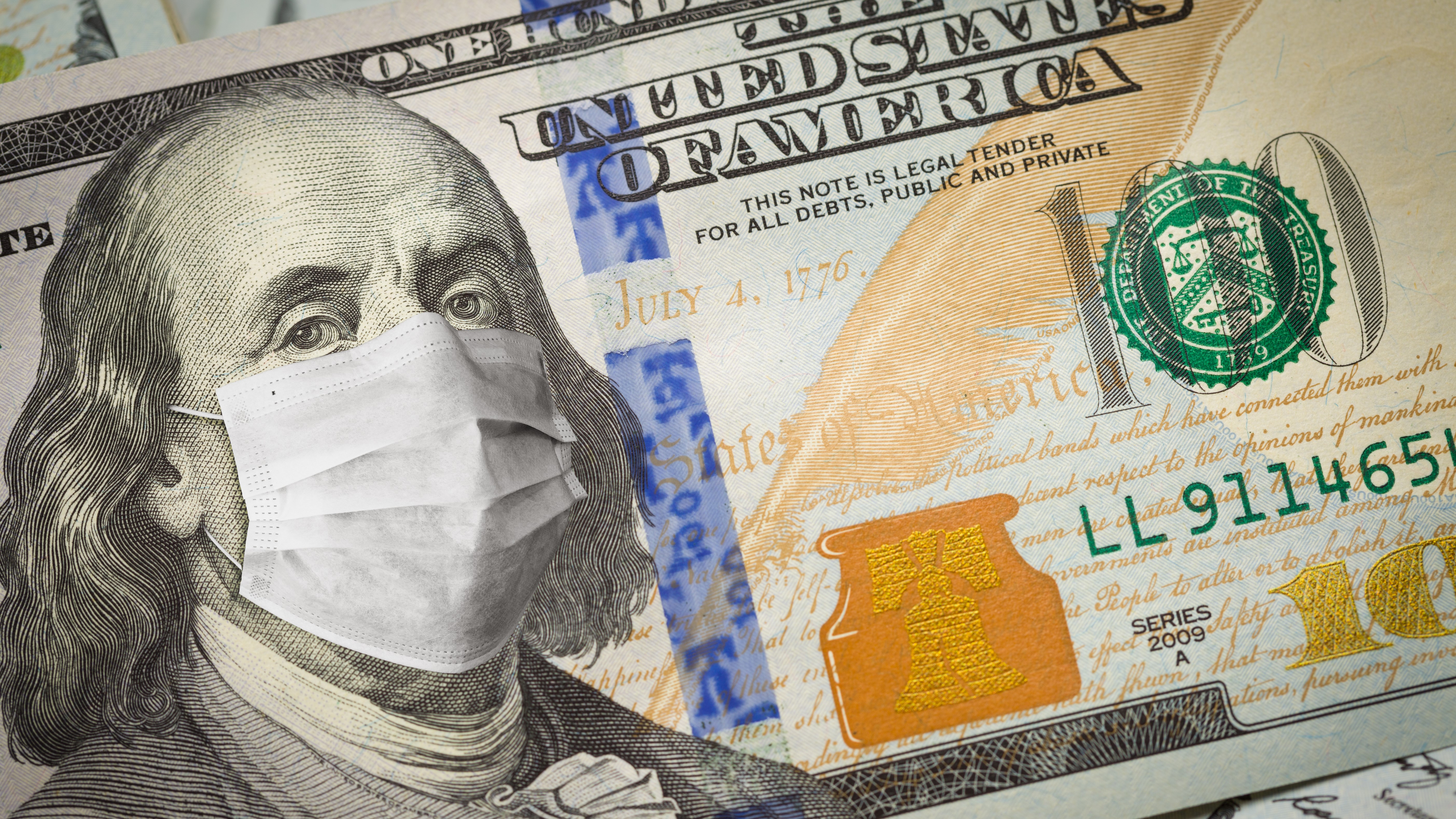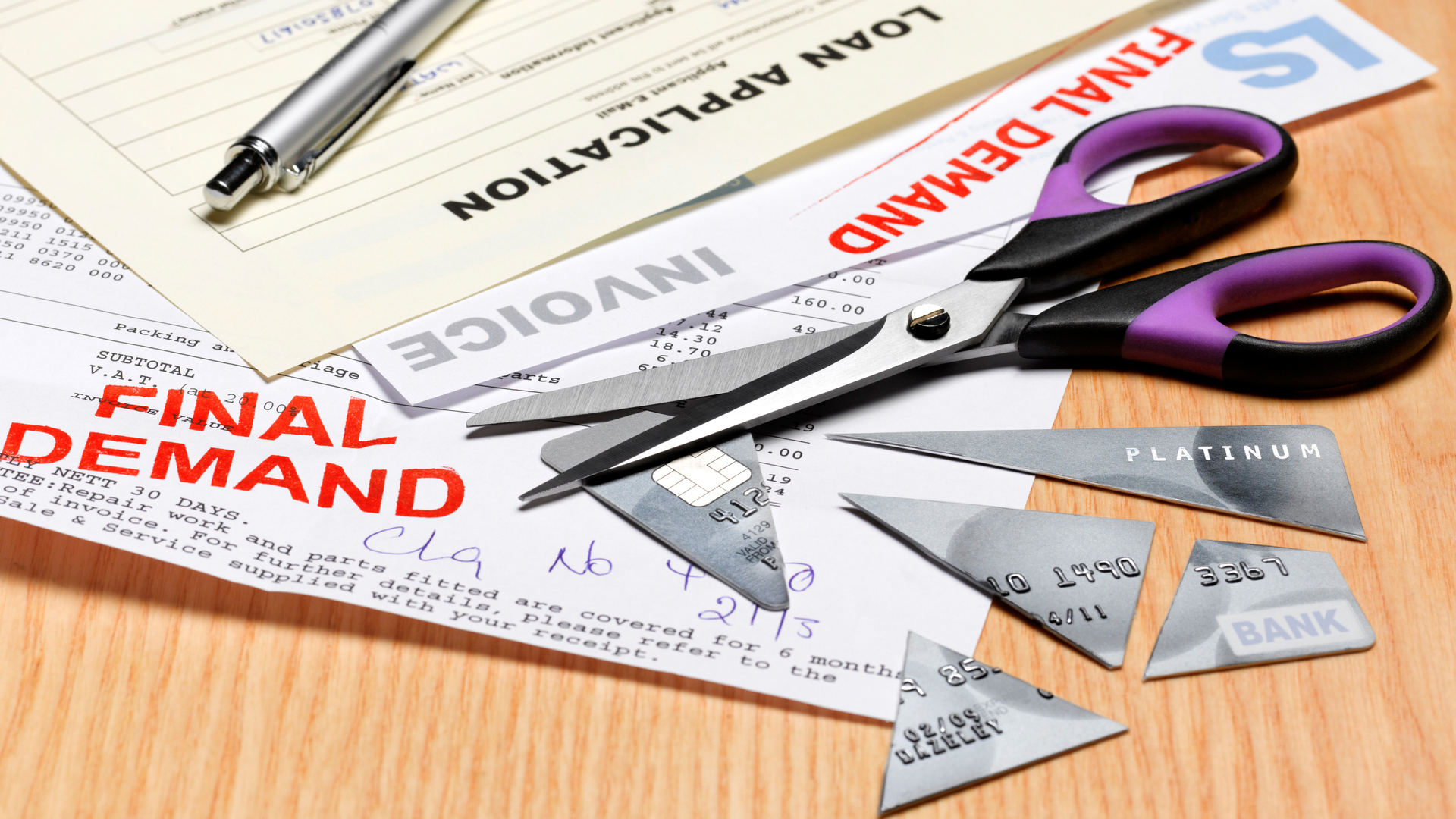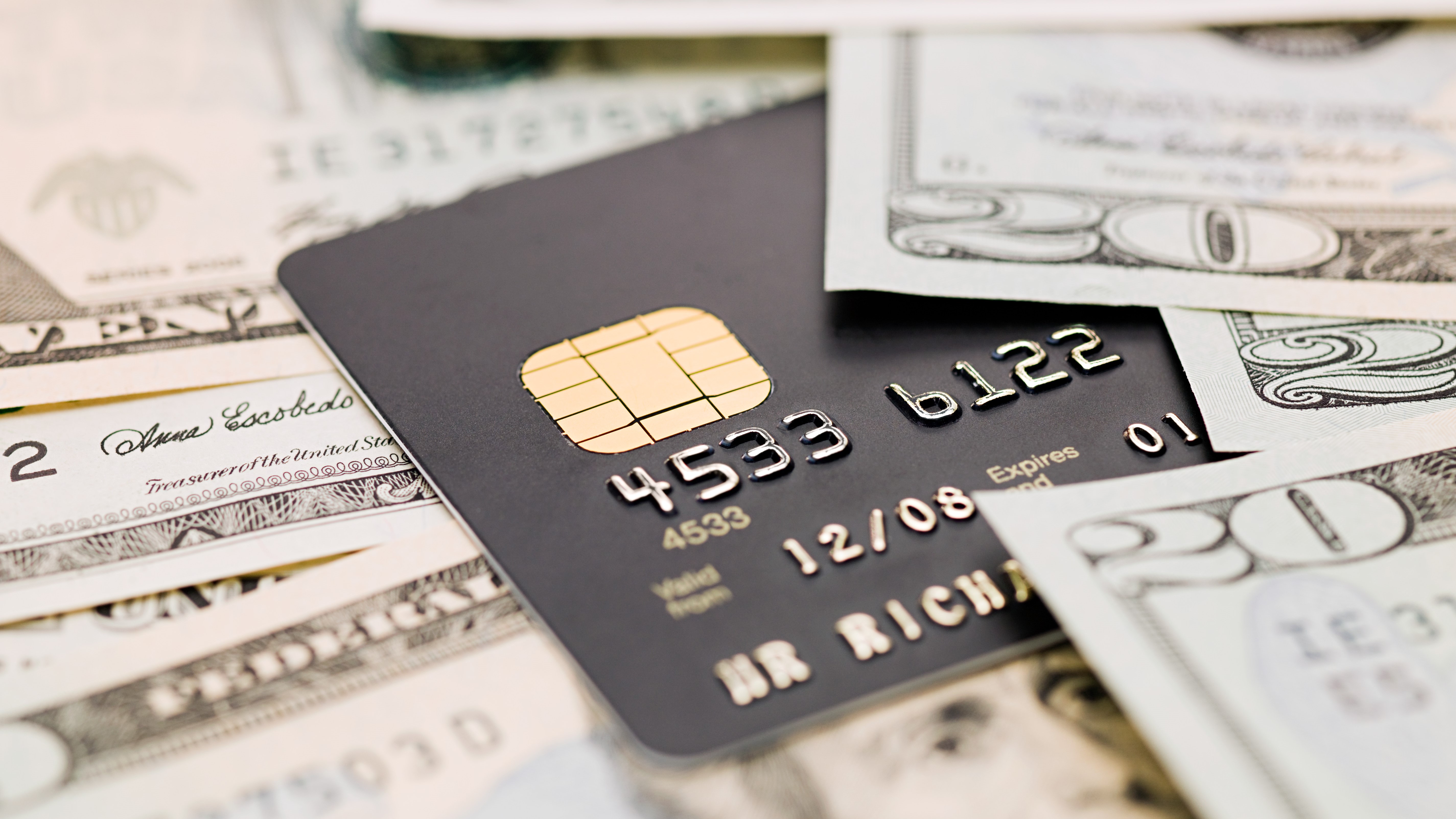Credit card debt in the US is set to end the year lower than where it started for the first time in over a decade, as American consumers take a stronger grip over their finances. Household belt-tightening stemming from the coronavirus pandemic alongside generous Federal Government support measures have been credited with driving the reduction in debt seen in the first half of 2020.
Americans began the year collectively owing more than $1 trillion on credit cards, but amid the growing health crisis, posted the biggest first-quarter credit card debt paydown ever, at $60 billion. This was followed by another record in the second quarter, when a further $58 billion of debt was paid down, marking the first time in more than 30 years that credit card debt has dropped from April through June.
Consumers taking control
As a result, WalletHub, the company behind the research, now predicts that US consumers will end the year with lower levels of credit card debt for the first time since the end of the Great Recession in 2009.

"The fact that U.S. consumers paid off $58.1 billion in credit card debt during the second quarter of 2020 is largely attributable to the generous unemployment benefits that laid-off workers were still receiving at the time by Congressional decree, as well as the overall efforts people have made to cut back on spending and generally de-risk their finances in the face of historic uncertainty," said Jill Gonzalez, WalletHub analyst.
"It might seem counterintuitive that debt levels would decline when so many people are out of work, but that’s also when people become most frugal and when credit card issuers get stingier with approval decisions and credit limits."
Debt still remains a danger
Despite the recent pay down, the research reveals that the average US household still has credit card debt of $7,938. And as is to be expected, certain states fare better, and worse, than others too.
Those living in Alaska are deepest in the red, with average debt of $11,250, followed by residents of Hawaii ($10,987), Virginia ($9,589), California ($9,472), and Maryland ($9,368). At the other end of the scale, households in Iowa are least encumbered by the weight of debt, with an average borrowing of $6,175, followed by those living in Vermont ($6,249), Wisconsin ($6,280), North Dakota ($6,655), and Maine ($6,714).
Will the debt pay down continue?
As to what can be expected of debt levels for the rest of the year, Gonzalez believes much will depend on progress towards a COVID-19 vaccine. “If a vaccine comes earlier than expected and consumer spending goes back to normal, we could see debt rebound with a vengeance. But if nothing major changes, spending and debt should remain at bay,” she added.

The scale of support that the Government offers unemployed workers going forward and the delivery of a second stimulus check could also be important factors in determining whether consumers can continue to pay down their debt or increasingly need to start borrowing to make ends meet.
With the enhanced $600-a-week unemployment benefit drawing to a close at the end of July, and a formal replacement scheme still to be decided, some households will already have experienced a sharp drop in income. Indeed, while the latest Federal Reserve data reports revolving credit - like credit cards - fell for the fifth straight month in July, the latest decline of 0.4% was also the smallest seen since the pandemic began.
Taking control of your debt
If you’re among those growing increasingly conscious of the debt that you have to your name - whether it be credit card related, or the result of a personal loan or auto loan - there are certain ways to help alleviate the pressure. Ultimately, of course, most people would like to be free of any debt, although this is unlikely to happen overnight. Managing any type of debt is usually a gradual process, but here are some tips that should help set you on the right path.
Make a budget and keep track
It’s difficult to spend within reason, plan savings and pay down debt if you don’t know how your monthly outgoings compare to your income. Write down what money you have coming in alongside what goes out, and see if there’s anywhere you might be able to save. Inevitably, the current economic challenges means some will have to spend more than they earn, just to get by. In this case, using a credit card is perfectly acceptable if it is the only option to put food on the table or pay the rent, and is definitely better than turning to a payday loan, for instance.
Claim what you are owed
This should really go without saying, but always make sure you use all the financial assistance that is available to you. Claiming unemployment benefits and stimulus checks is a must, as is claiming any tax refund that the IRS might owe you from years gone by. With this year’s tax deadline passed, you’ll need to file a prior year tax return if you think you’re owed.

Try the ‘island approach’
The Island Approach is a strategy that involves using a collection of credit cards, with each serving a specific purpose. So by transferring your existing debt to a 0% balance transfer credit card you shouldn’t have to pay interest for a set period of time, giving you more opportunity to pay down what you owe. Or if there’s a big expense that you cannot avoid, find a card that offers interest-free purchases, again providing you with leeway to pay back what you owe before interest payments start to kick in.
Or maybe the ‘avalanche method’
If you have more than one source of debt, the avalanche method essentially means paying off your most expensive debt first. That means putting the majority of your monthly debt payment toward the balance with the highest interest rate, and once that is paid off, focusing on the next most expensive. Importantly, however, remember that you must also make the minimum payment required on the rest of your debt at the same time.
Don’t suffer in silence
If circumstances mean your worries are more about keeping up with your debt payments than paying debt down, then help should still be at hand. Speak to loved ones to see if they can assist, and talk to the companies you own money to. Credit card providers are being more sympathetic than ever due to the pandemic, so find out how they might be willing to help you. The best mortgage lenders are being similarly flexible too.
Seek further debt help
If you’re still struggling to manage your debt, and only see your situation getting worse, seek debt counseling advice. The best debt consolidation companies - who look to combine all your debts together into one more manageable, less expensive loan - are another avenue that also should be explored. The step beyond this is debt settlement, although this is really an option of last resort, and should only ever be considered ahead of bankruptcy.

